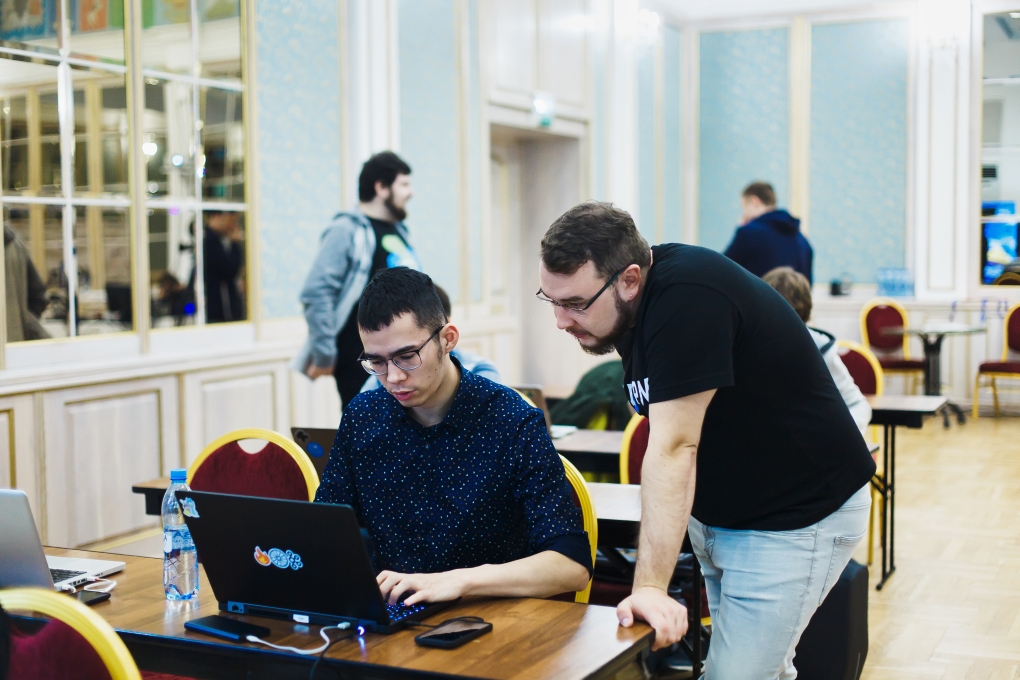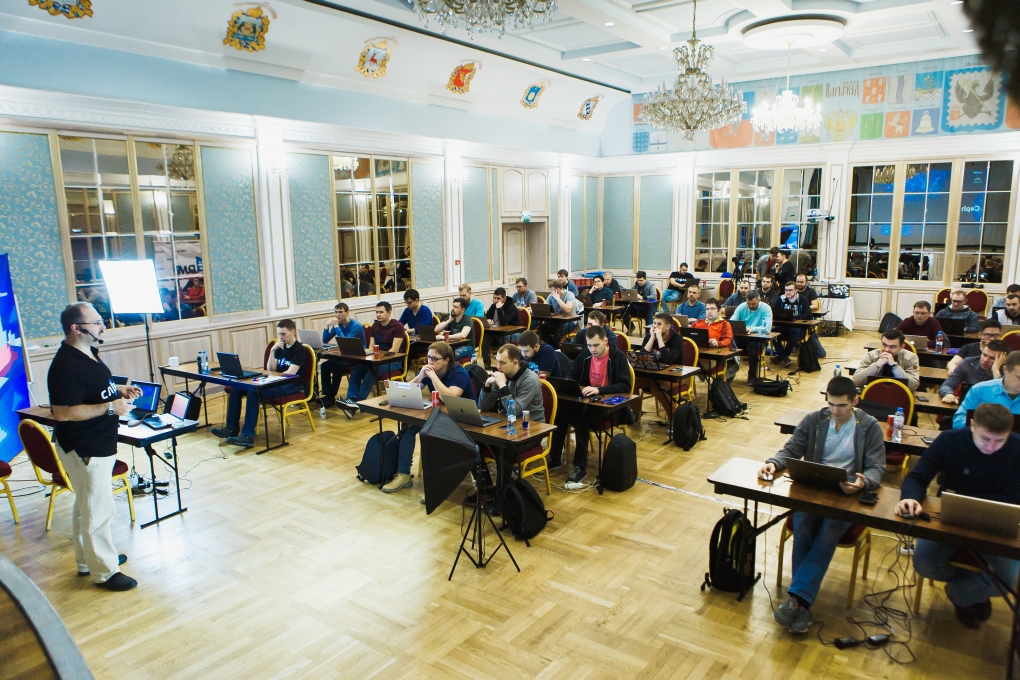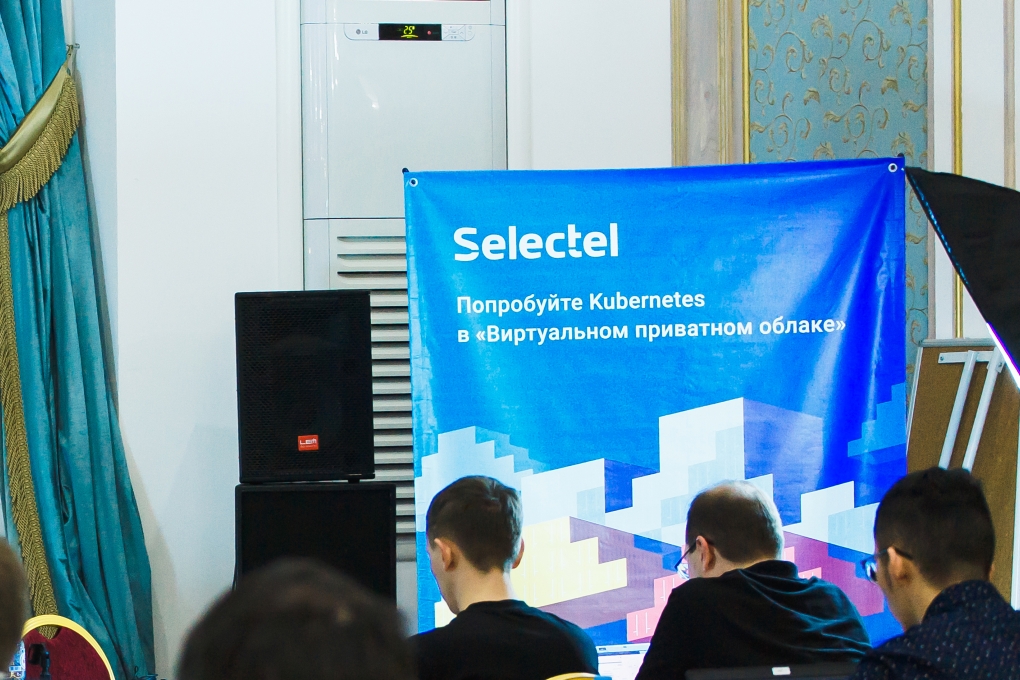Expensive courses: is it worth it?
In August, Southbridge conducted an intensive on Cubernetes Slurm-1 .
In October, we repeated it ( Slurm-2 ) and added an advanced course ( MegaSlarm ).
Pleasure is not cheap: Slurm-2 cost 35 000 ₽, Megaslarm - 75 000 ₽ (online 15 and 35). I communicated with customers, participants and speakers, conducted surveys and collected statistics.
Here are my observations about who got what for their money. Many conclusions can be extrapolated to paid courses in general.

1. Slurm helps to decide on Kuburnetes
It turned out that understanding “we are approached by Kuburnetes” is more valuable than “we can in Kuberntes” .
The leaders, sending their engineers (developers, administrators) to Slurm, declared: "Let him touch the technology and decide whether it is suitable for our tasks."
The participants of Slurm-1 said: “After the intensive we introduced Cuberntes, now I have arrived at MegaSlerom.”
3 days of intensive - just right to see the technology in full growth, and not in the mode "Rabinovich on manuals installed." There are no questions here, it's worth it.
2. Interesting statistics
Out of 50 participants of Slurm-1, 6 people paid 75,000 ₽ for Megaslum.

Out of 87 participants of Slurm-2, 6 people did not fulfill the tasks of the first day, i.e. spent money for nothing.
This is consistent with my view that 10% of participants get a lot and 10%
nothing.
3. Online - risk group
All six "refusers" Slurm-2 engaged in online. Whether they initially doubted and took the cheapest option "to try," or, sitting at home, could not enter the stream.
If there is no physical opportunity to come, online is the way out. The rest is more profitable to sit in the hall.

4. Online is a platform that the participant prepares himself.
You can not just sit down with a laptop in a cafe and expect that you get a good lesson.
To do the practice, you need to see the broadcast, chat telegraph and console. On a small screen, do not bother.
If the Internet is bad, the broadcast lags.
The better the workplace is organized (2-3 monitors, thick internet, coffee supply and food delivery), the more sense it is to buy online courses.
5. Some rob themselves
Individual participants passed all debugging support.
Just what's wrong - "Look, it doesn't work for me." And it says tocen instead of token or {user} instead of login.
Supports checked scripts, wrote playbooks, set up clusters - and got experience. It looked like this:
You can bring a horse to the watering, but you can not make him drink.
6. Check in with a group of friends - bad
Friends, if there are 5-6 people, they arrange a small party and drop out of the educational process. Up to the rise for dinner.
The desire to combine study and tusovka is understandable, especially when the company pays, but it’s more profitable for the wallet to spread these events in time.
7. It is helpful to make sure that you are not a fool.
There were those who said: “I myself master Cubernétes and, at your intensive work, I became convinced that I’m doing everything right”. How much is the knowledge that you adequately use technology?
8. Hardcore is easy to miss.
15 people said about MegaSlurm: "It was easy, it can be made more difficult."
In this case, the most difficult topic (Understanding the work of controllers in Kubernetes) caused questions only from other speakers.
In order to increase the “beating” of the ticket, at the next Slurme we will better conduct preparatory work with the participants.
And a special thank you to Selectel , without which a ticket to the Slurmas would cost a few thousand more.

